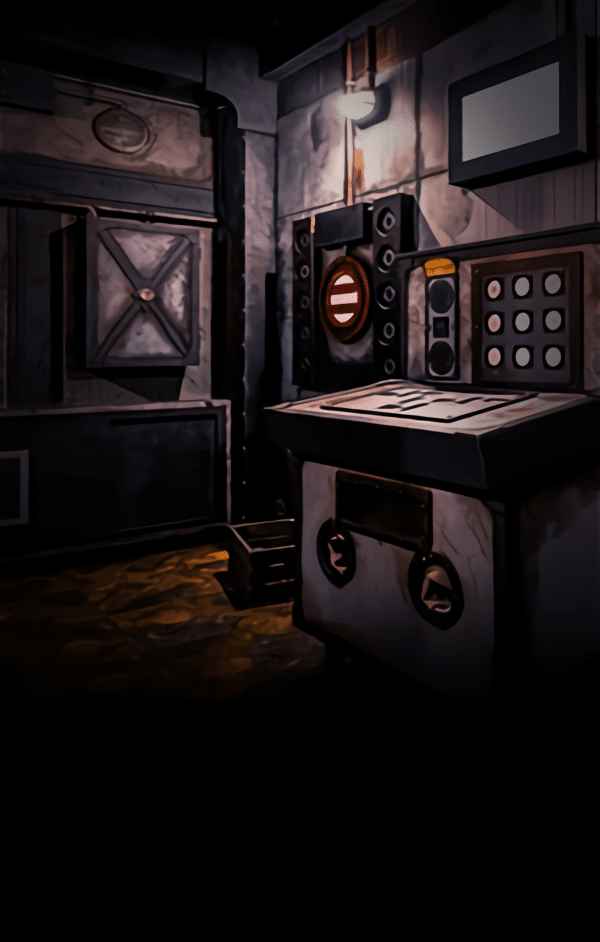How Challenging Are the Puzzles in Escape Rooms Connecticut?
Escape rooms are a thrilling way to test problem-solving skills, teamwork, and creativity. Connecticut is home to several high-quality escape room venues, including Mission Escape Games, known for its well-designed puzzles and immersive experiences. But how difficult are these puzzles? Do they cater to all skill levels, or are they designed for experienced players? This article explores the challenge level of escape room puzzles in Connecticut, including the types of puzzles, difficulty levels, and strategies to succeed.
Understanding Escape Room Puzzle Difficulty
Escape rooms are designed to be challenging but not impossible. The difficulty level varies depending on the theme, the complexity of puzzles, and the experience of the players. At Mission Escape Games, players can choose from different rooms with varying levels of difficulty.
1. Beginner-Friendly Puzzles
-
Ideal for first-time players, families, and younger participants.
-
Often involve basic logic puzzles, hidden clues, and simple number or word codes.
-
Provide a gradual learning curve, helping new players understand escape room mechanics.
2. Intermediate-Level Challenges
-
Suitable for players with some escape room experience.
-
Feature more complex multi-step puzzles that require critical thinking and teamwork.
-
Players may need to combine different clues from around the room to unlock a solution.
3. Advanced and Expert-Level Rooms
-
Designed for experienced players looking for a serious challenge.
-
Puzzles involve abstract thinking, advanced logic, and multi-layered riddles.
-
Often require solving multiple puzzles at once, time-sensitive tasks, and hidden elements.
Types of Puzzles in Connecticut Escape Rooms
Escape rooms incorporate a variety of puzzle styles to keep the experience engaging and challenging. Here are some common types found at Mission Escape Games and other venues in Connecticut:
1. Logic and Pattern Recognition Puzzles
-
Require players to find patterns, sequences, or mathematical relationships to unlock clues.
-
Examples include Sudoku-like number grids, pattern-based locks, or sequences hidden in the room’s decor.
2. Riddle-Based Challenges
-
Players must decipher word-based clues or riddles to progress.
-
Some riddles may involve wordplay, anagrams, or hidden meanings.
3. Physical and Dexterity Puzzles
-
Require hands-on interaction with objects in the room.
-
Examples include assembling broken objects, balancing weights, or manipulating mechanical elements.
4. Combination and Codebreaking Puzzles
-
Players must find and input the correct sequence of numbers, letters, or symbols to unlock doors or safes.
-
Clues may be hidden in books, paintings, or even sound-based elements.
5. Hidden Object and Search-Based Challenges
-
Encourage players to explore every corner of the room to find keys, objects, or secret compartments.
-
Some escape rooms use black lights, invisible ink, or secret doors.
6. Multi-Step and Layered Puzzles
-
Require players to solve multiple smaller puzzles to reach the final solution.
-
These puzzles connect various clues throughout the room, making teamwork essential.
How Mission Escape Games Designs Their Puzzles
At Mission Escape Games, each puzzle is carefully crafted to provide a balanced and immersive challenge. Their game designers focus on three key aspects:
1. Immersive Storytelling
-
Puzzles are not just random—they fit seamlessly into the storyline of each room.
-
Players feel like they are part of a real-life adventure rather than just solving puzzles.
2. Adaptive Challenge Levels
-
Hints and clues are available for teams that need assistance.
-
Some rooms allow for adjustments in difficulty to accommodate beginners and experts alike.
3. Logical and Fair Puzzle Progression
-
Puzzles follow a natural progression, ensuring that solutions make sense.
-
Teams never feel stuck due to unfair mechanics—every clue is designed to be solvable.
How to Succeed in a Challenging Escape Room
Escape room puzzles can be tough, but the right approach can make them manageable. Here are some strategies for success:
1. Communicate with Your Team
-
Share discoveries with the group—one person might notice something another missed.
-
Keep an open flow of ideas and avoid working in isolation.
2. Search Every Corner
-
Many puzzles rely on hidden objects or small details that can be easily overlooked.
-
Check behind furniture, under rugs, and inside drawers.
3. Think Outside the Box
-
Some puzzles require creative thinking or unconventional approaches.
-
Don’t dismiss abstract or unusual clues—they may be key to solving the mystery.
4. Stay Organized
-
Keep track of used clues and opened locks to avoid wasting time on solved puzzles.
-
Group related objects together to identify potential patterns.
5. Manage Time Wisely
-
Pay attention to the countdown timer and move on if a puzzle seems unsolvable.
-
Ask for hints if you’re stuck for too long—there’s no shame in getting help!
Conclusion
Escape rooms in Connecticut, including those at Mission Escape Games, provide a thrilling and dynamic experience that caters to a wide range of players. Whether you’re new to escape rooms or a seasoned enthusiast, these challenges offer an opportunity to test your problem-solving skills, logical reasoning, and teamwork in an engaging and immersive environment. The variety of themes and puzzle types ensures that each game presents a unique challenge, keeping players on their toes as they work together to uncover clues, decipher codes, and solve intricate puzzles within a set time limit.
One of the most exciting aspects of escape rooms is their ability to foster collaboration and creative thinking. Players must communicate effectively, delegate tasks, and think outside the box to succeed. The sense of urgency adds to the excitement, making each successful escape feel like a significant achievement. Additionally, Connecticut’s escape rooms incorporate high-quality design, storytelling, and interactive elements that transport players into different worlds, from thrilling adventure scenarios to suspenseful mystery plots.
Understanding different puzzle types and employing smart strategies, such as staying organized, managing time wisely, and maintaining a positive mindset, can greatly improve your chances of escaping successfully. Whether you’re playing with friends, family, or coworkers, escape rooms provide a fantastic bonding experience that strengthens relationships and encourages teamwork.
If you’re looking for an intellectually stimulating activity that challenges your mind while delivering an unforgettable adventure, Connecticut’s escape rooms are an excellent choice. With a wide range of options to explore, you’re sure to find an experience that suits your interests and skill level. So gather your team, embrace the challenge, and see if you have what it takes to escape!
Frequently Asked Questions (FAQ)
Q: Are escape room puzzles too difficult for beginners?
A: No, most escape rooms, including Mission Escape Games, offer different difficulty levels. Beginner-friendly rooms have simpler puzzles and built-in hints to help new players.
Q: How long does it usually take to solve escape room puzzles?
A: Most escape rooms are designed to be completed within 60 minutes, though some venues offer shorter or extended experiences.
Q: Can children participate in challenging escape room puzzles?
A: Yes! Many escape rooms have kid-friendly puzzles that are easier to solve. Parents can also assist younger players to enhance the experience.
Q: Do escape rooms offer hints if players get stuck?
A: Yes, most escape rooms provide hint systems where players can request help if they’re struggling with a puzzle.
Q: What happens if we don’t solve all the puzzles in time?
A: If a team doesn’t escape in time, the game master may reveal the remaining solutions or allow extra time, depending on the venue’s policies.







